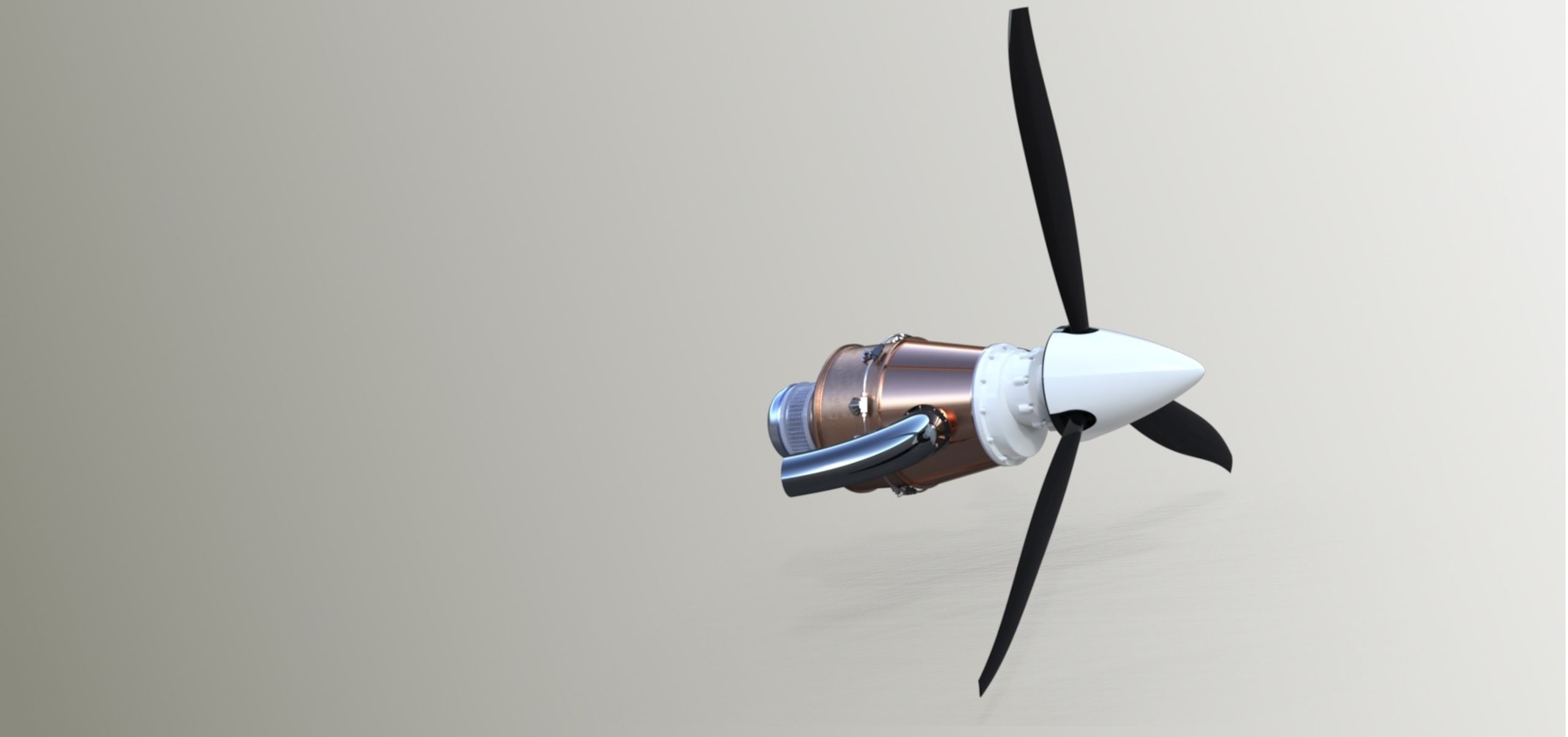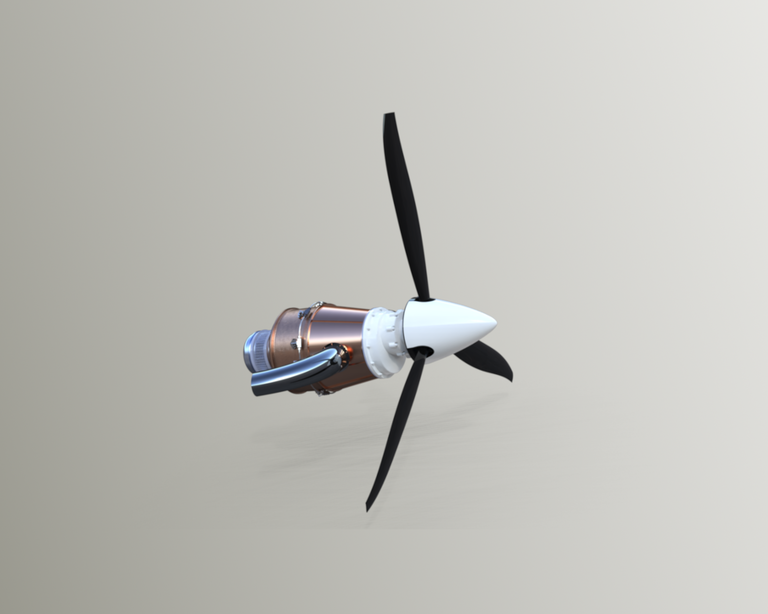What is the process of designing and developing a turbine engine for an aircraft?
2 March 2021 (Updated 26 September 2022)
We often get asked questions relating to the timeframe it will take for our engines to be ready for delivery to customers.
It can be tough to nail down exact timeframes for hardware development programs because the process involves many variables. Particularly when starting from a ‘clean sheet’ as we have done. Factors, both internal and external, and sometimes out of our control (like a pandemic) can push timelines to the right substantially. These timelines can be impacted further when delays are experienced by our suppliers and service providers as well.
To answer some of the questions we have been asked about our development program and our expected timelines, we’ve assembled a quick summary of the design process below. This should help to give a high-level explanation of the complexities involved in a program such as ours, and why it takes time to provide our customers with a safe, reliable, and efficient turboprop engine.
The 4 main stages in a turbine engine development program are:
- Planning
- Design and Analysis
- Prototyping and Testing
- Manufacturing and Assembly
A note about our safety-first approach
While our process is a technical one, we approach it with a safety-first mindset. Our primary obligation is to the safety of our customers, our staff and the general public. We want to ensure our products will get you where you need to go. We consider safety at every point in the design process. It’s what responsible companies do.
Planning
The planning stage is where we decide the target specifications and features of the engine. We work out who our suppliers will be and the preliminary timeline. We break the project down into smaller sub-projects until we arrive at a manageable task list. This process indicates what resources we’ll need for the program and an estimation on the overall project cost.
This process can take a considerable length of time to complete and we constantly revisit this stage to adjust. These adjustments cause changes to timelines and can be the result of impacts such as supplier lead times being longer than estimated, testing and global supply issues caused by COVID-19, etc.
Design and Analysis
The design stage can begin once the plan has been set. We commence with maths-based design tools that provide us with a starting point for the more detailed designs. The sub-systems of the engine – compressor, turbines, recuperator – all feed and loop into each other. A slight change to one sub-system can have a knock-on effect and amplify a change to another. We’re trying to achieve a delicate balance throughout the engine.
Next, we move on from those theoretical design calculations into the world of three-dimensional modelling and design analysis. We use specialised software to perform computational fluid dynamic (CFD) analysis on the gas flows through the engine and Finite Element Analysis (FEA) on the mechanical structures.
CFD tells us what the performance of the engine will be like. FEA tells us how safe the engine will be. If either of these analyses indicate an issue in the design – whether it results in reduced performance or insufficient factor of safety – we return to the design and make alterations until we hit both targets. This is an iterative design process and is common in all kinds of design programs.
Changes to the design at this stage are easier and cheaper to make than if they were discovered at a later phase, and therefore ensuring we get this stage right can help to mitigate major timeline and budget blow-outs in later stages. This is a major reason why we spend a lot of time in this stage – to ensure that we can meet targeted specifications in terms of performance, payload, price and reliability.
Prototyping and Testing
Prototyping begins when we’ve analysed the designs and have decided that they’re suitable to progress for further testing. This is the stage when we begin producing tangible hardware. Our engineering team develops experiments to assess each subsystem and we commission limited production runs of the hardware from third party suppliers. We are using additive manufacturing methods and traditional machine-shop style cutting, milling and drilling to produce our prototype hardware.
These tests take time and are expensive but necessary. There’s no true replacement for real world performance. Computational simulations are getting increasingly accurate as the software is improved – we use these to get as close to a final design as possible – but they still don’t perfectly replicate physical experiments. We’ve already gained valuable knowledge from prototype testing during our recuperator test campaign.
We will perform a full engine prototype test once the design team has evaluated and approved all the subsystems. Testing can take over a year to complete. The engine won’t take flight until we’ve thoroughly put it through its paces safely on the ground.
Manufacturing and Assembly
This stage is straightforward and marks the handover from the design and engineering team to the operations team. This team is then tasked with the job of manufacturing our engines for commercial sales.
The operations team will be interacting with potential manufacturing suppliers throughout the design process in anticipation of final testing and approval from the design team to move forward with production. We will partner with world-class manufacturing companies to produce parts for your engines that will be safe and perform to spec.
TurbAero will assemble all engine components in-house at our own assembly facility. We’re doing it this way to ensure that the quality, fit and finish of the engines delivered to our customers will satisfy both our and your ambitious standards.
We’re very proud of our progress and are tracking well in contrast to other hardware development projects of similar scale. For example, jet engines in larger aircraft can take up to seven years in the R&D, build and assembly process (see this article on jet engine production). TurbAero is now six years old and we’re currently near the tail end of the design phase heading towards prototyping. In fact, some subsystems have already moved to the prototyping and testing stage and we’re looking forward to the exciting stages of our program on which we are about to embark.
Further resources
Our customers might also like to read our previous article on considering transitioning your aircraft to a turboprop, 5 main things to consider when converting your aircraft to a turboprop or will a TurbAero turboprop fit in my aircraft?
Please feel free to drop us a line at any time via the contact us page on our website if you have questions or comments. We’re always interested to know more about our customers’ projects and happy to chat about experimental aircraft any time! Also, make sure you stay subscribed to our updates and keep an eye on our website for further information.


